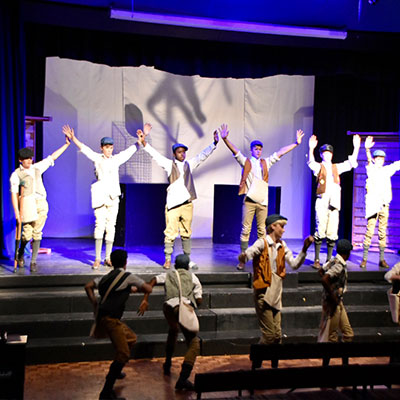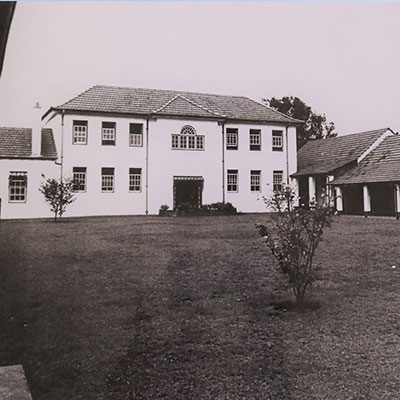Cordwalles Preparatory School was founded by Bishop Frederick Samuel Baines in 1912 as a feeder school to Michaelhouse, which had started in Pietermaritzburg in 1896 and moved to Balgowan in 1901.
In March 1911, the Bishop of Natal, Reverend Baines and the Board of Governors of Michaelhouse decided that Michaelhouse needed a Preparatory School of its own to ensure a steady stream of boys of the correct age to enter Michaelhouse. At that time, Michaelhouse only had 59 pupils, which meant that it was unable to make funds available to open a new school.
Bishop Baines dedicated himself to finding a suitable property for a new preparatory school in Pietermartizburg. While walking down Chapel Street one day, he looked up towards Town Hill and saw a house on the hill. The Bishop remembered that he had visited the house years before, so he set off on a voyage of exploration up a mountain footpath from Chapel Street.
He subsequently bought the property for £1450 and arranged for renovations and alterations. Other benefactors, including Mr Harry Butcher, purchased large grounds around the house to be used as school playing fields. The house and grounds were generously loaned to the school for six years, which enabled the school to become established.
DRAG THE ARROWS FROM LEFT TO RIGHT TO SEE OUR SCHOOL ‘THEN AND NOW’






Bishop Baines had the honour of choosing a name for the school. He named it after Cordwalles, a Preparatory School at Maidenhead on the Thames in England, which changed its name from Cordwalles to St Piran’s in 1919.
In August 1911, a small committee was appointed to start the school. Members of the first Board of Governors included Bishop Baines, Judge Cecil Jackson, Mr Fred Tatham, and Mr Harry Butcher, whose names were given to the sports houses.
Mr Jack Besant (after whom the school’s theatre is named) was appointed to be the first Headmaster of Cordwalles. He arrived early from England in 1912 and began the school with 12 boys. Six months later, there were 30 boys.
In 1924, Bishop Baines, although retired in England, was on holiday in South Africa. He dedicated new buildings around three sides of the grass quad and unveiled the Cordwalles foundation stone. Eight years later, the Chapel was built and dedicated to the memory of a Cordwalles boy. This completed what Bishop Baines saw as a “large, picturesque quadrangle”.
Today, many things have changed in the leafy northern suburbs of Pietermaritzburg, but the school’s red-brick buildings remain steeped in tradition. Our expansive playing fields and forested grounds offer a rural atmosphere that creates space for boys to play and learn.
The school has steadily grown to over 360 boys. We now have day boys, two classes per Grade, boys from around the country and around the world, and offer Robotics as a school subject.
As the current custodians of Cordwalles, we can emulate the enormous contribution of our Founders and those who have gone before us to ensure that the school continues to educate and provide our leaders of the future with the foundations they need to make meaningful contributions to our society and community.
Society changes, technology improves, but one thing we’re sure of is that courage continues to build character.
Interesting Facts About Cordwalles’ History
- Bishop Baines insisted that the school colours should be brown and white as those were the house colours of his house while he was a boy at Winchester College.
- In 1916, the fees were increased from £42 to £45 per annum.
- The fields at Cordwalles were built in an odd order. The first to be built was the Oval in 1923, then Hollows in 1927 and the Rugby field in 1931.
- Before the rugby field was ready in 1931, matches were played at the Royal Show Grounds.
- Old Boys’ Tie was developed in 1931.
- Cordwalles had an outstanding cricket team in 1948. Three of the boys in the side went on to play for South Africa—Norman Crookes, Derek Varnals and Kelly Seymour.
- Renowned author Wilbur Smith attended Cordwalles from 1941-1947.



























